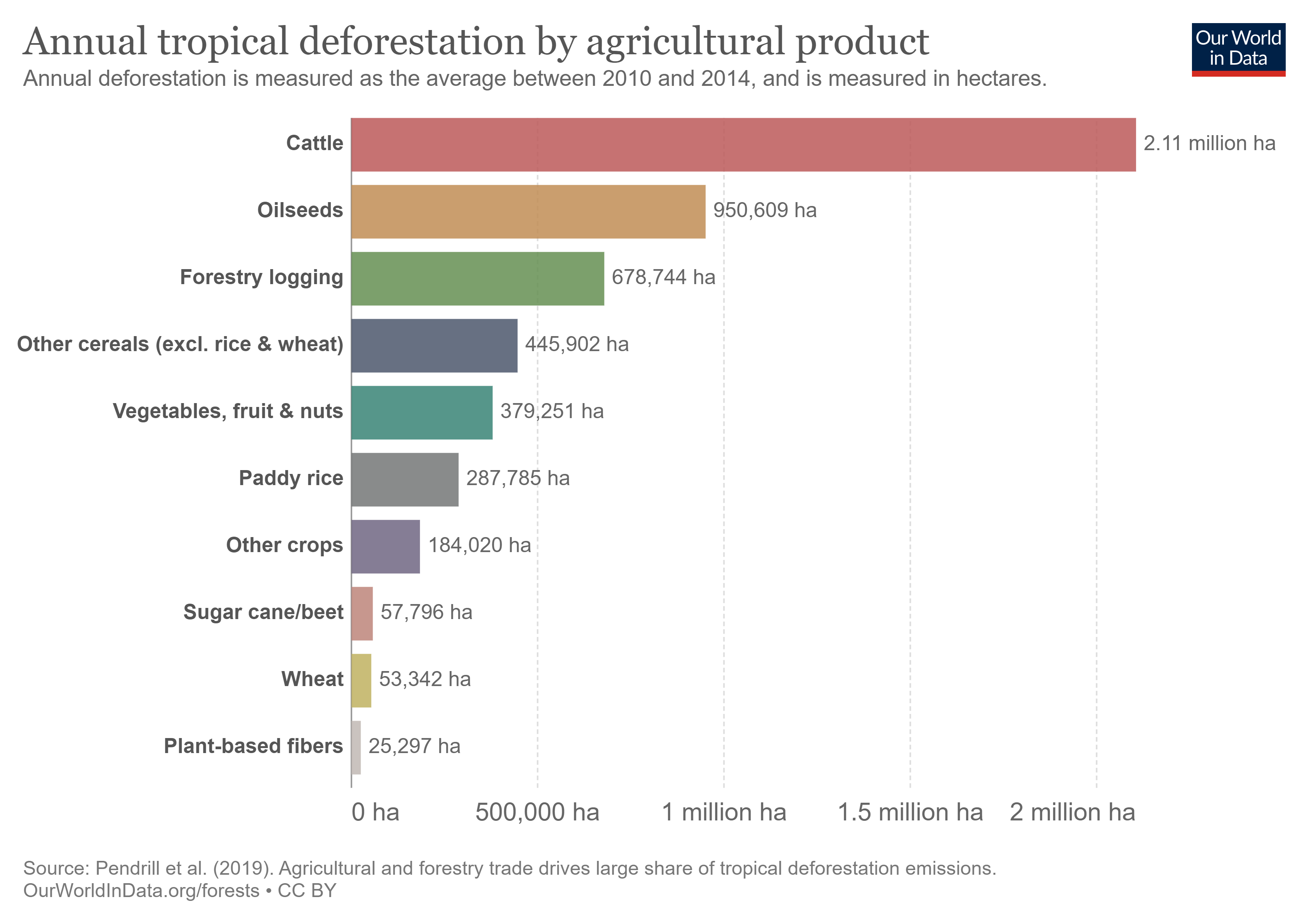2. SUSTAINABLE SUPPLY CHAINS
Consumers are connected to the origin and impact of the products they purchase through supply chains. A supply chain refers to the process by which a raw material is transformed into a finished product that is delivered to an end consumer. The key actors
in supply chains are processes, organisations and people who are linked through information flows, financial flows, and the flow of physical resources.

Figure 3. Conceptual model of a supply chain for confectionary products with the raw materials including milk, cacao and sugar.
Accessible description for Figure 3: Raw materials of a cow (milk), cacao pods and sugar cane are linked by arrows
to supplier, manufacturer, distributor, retailer and customer who purchase chocolate, a cake and a biscuit. Flow of material spans from raw materials to customer, flows of information and money flow from customer to raw materials
Supply chains evolved through closed private transactions between businesses. Information surrounding prices, origin and sourcing of raw materials has traditionally been viewed as sensitive commercial data. Supply chains may be long and complex, and it is not always clear to businesses or consumers where the products they are purchasing originate from.
Businesses have sought to understand supply chains in the past to identify where they can save costs. However, in some countries there is now a legal obligation for them to conduct ‘due diligence’ of their supply chains to identify and account for any negative environmental, social or governance impacts associated with their products.
Some raw materials (commodities) have ‘risks’ associated with them. An example of this includes the ‘forest risk’ commodities such as timber, palm oil and natural rubber that have been linked to illegal forest clearance and greenhouse gas emissions from deforestation.

Figure 4. Annual tropical deforestation by agricultural product (ha) measured as the average between 2010 and 2014, (Source: ourworldindata.org/forests, Pendrill et al. (2019), CC BY)
Accessible Description for Figure 4: Bar chart: Cattle 2.11 million hectares; oilseeds
950609 hectares; forestry logging 678744 hectares; other cereals (excluding
rice and wheat) 445902 hectares; vegetables, fruit and nuts 379251 hectares;
paddy rice 287785 hectares; other crops 184020 hectares; sugar cane/beet 57796
hectares; wheat 53342 hectares; plant based fibers 25297 hectares
National governments are signing multilateral agreements to halt the loss of natural forests by 2030 (New York Declaration on Forests, 2014) and reduce the emission of greenhouse gases with the aim to contain projected global warming to below 1.5 degrees Celsius compared with pre-industrial levels (Paris Agreement, 2015). To meet these commitments, countries are introducing national legislation such as the United Kingdom Environment Bill (2021) which introduces laws to tackle the use of forest-risk commodities. The bill will require businesses to conduct due diligence to ensure that products imported and sold in the United Kingdom do not come from land that is deforested illegally, according to local laws.
Independent initiatives have been established which rate and rank companies based on their environmental, social and government impacts (also known as ‘ESG’). Some of the tools available to financiers and businesses to understand the impacts of their investments include the Sustainable Palm Oil Transparency Toolkit (SPOTT), Trase and Forest 500.
Pause and reflect
Do you purchase products that contain forest commodities such as palm oil, timber and pulp or natural rubber? Have you ever considered investigating the company you purchase from?
Video: Sustainable Supply Chains
Watch the video ‘Sustainable Supply Chains’, closed captions are provided by clicking on the video settings and you can read a text transcript of the video here.
References
Pendrill, F., Persson, U. M., Godar, J., Kastner, T., Moran, D., Schmidt, S., & Wood, R. (2019). Agricultural and forestry trade drives large share of tropical deforestation emissions. Global Environmental Change, 56, 1–10. https://doi.org/10.1016/J.GLOENVCHA.2019.03.002
